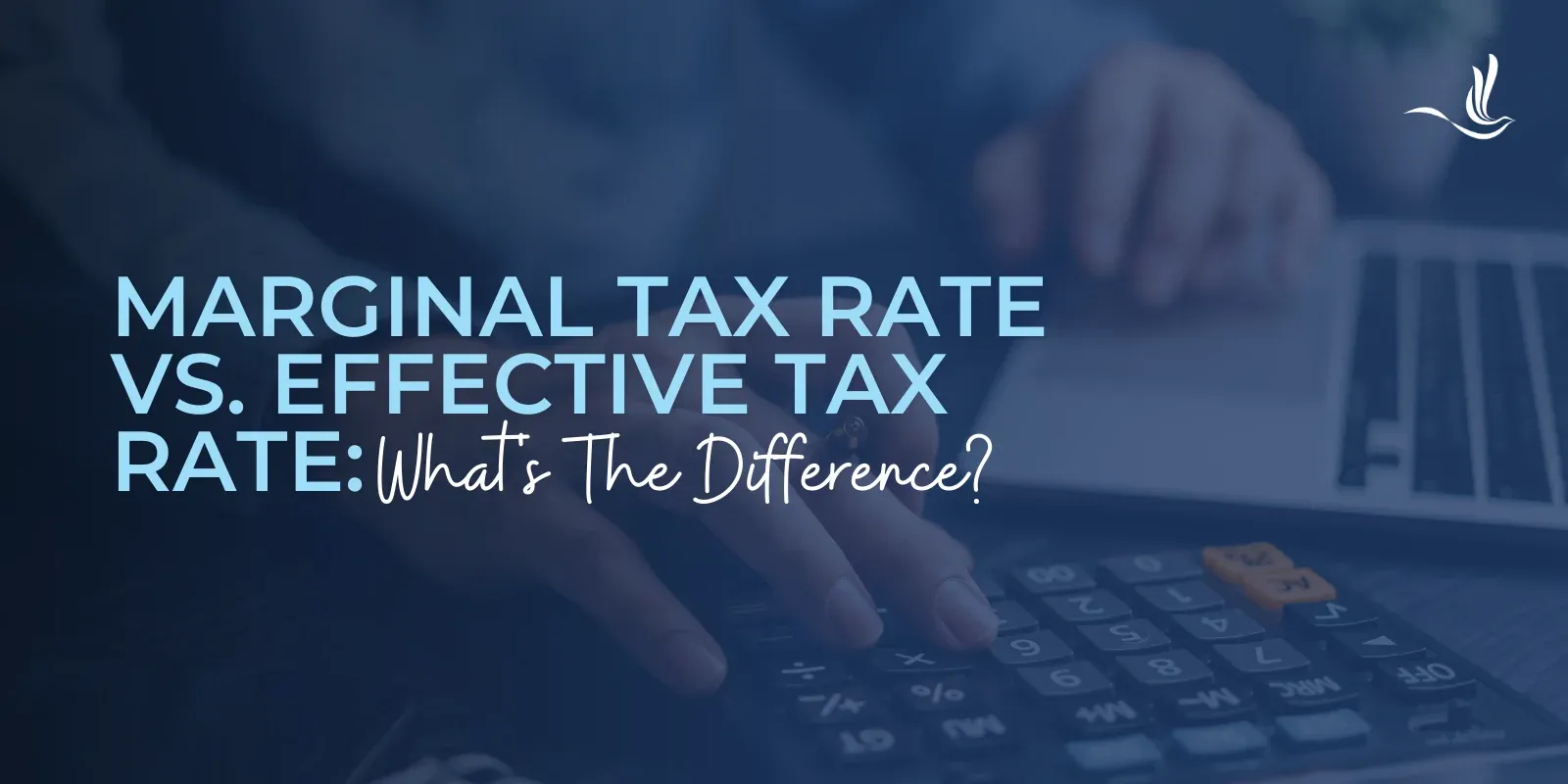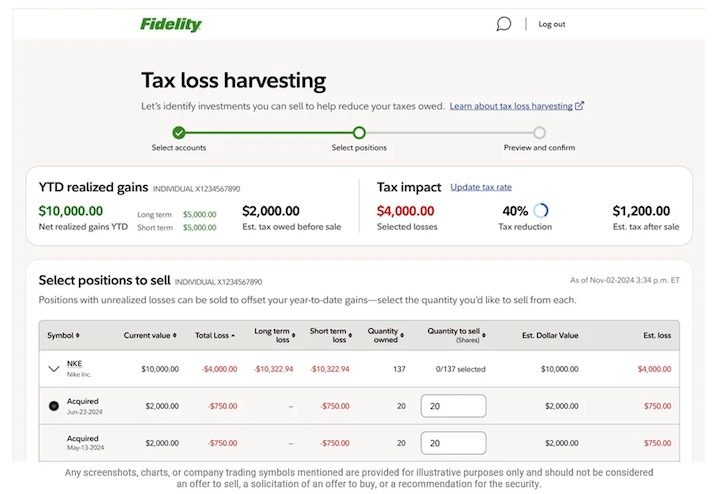Just as stablecoins have proliferated, there will be more networks to support them.
Blockchain infrastructure firm Fireblocks unveiled its global stablecoin network, which is designed to connect rails as diverse as foreign exchange companies, domestic payment platforms, and stablecoin issuers. In a news release, Fireblocks likened its network to cross-border payments system Swift and noted that it already has more than 40 providers and hundreds of payment companies on board.
One of the selling points for Fireblocks is that its network was built to be compliant and enterprise-grade, but the company isn’t alone in this arena. After keeping plans for its blockchain under wraps, Stripe has officially unveiled its stablecoin-based blockchain Tempo, a collaboration with venture capital firm Paradigm.
Patrick Collison, CEO of Stripe, noted that existing blockchains were built to support cryptocurrencies, not to accommodate the nuances of stablecoin transactions. Like the Fireblocks network, Tempo is geared toward organizational adoption.
However, unlike Fireblocks, Stripe already has an extensive and established customer base of businesses.
The Number of Competing Options
While this is a factor in Stripe’s favor, Stripe and Fireblocks face obstacles in their ambitions to become the predominant stablecoin network. Aside from the challenges associated with managing a secure global payment network, competing options are increasingly emerging.
For example, Circle recently unveiled its financial services blockchain, Arc. As Circle is the issuer of the second-largest stablecoin in the world, USDC, creating a stablecoin-centric infrastructure was naturally one of the company’s objectives for the blockchain.
Instead of building its own solution, crypto company Ripple announced that it will buy Rail, a stablecoin platform, to build a more extensive structure for organizations.
A Fragmented Market
All these solutions are competing with existing blockchains like Ethereum and Solana, which many financial institutions have already heavily used for stablecoin transactions. Although all these platforms aim to unify global payments, they have also created a fragmented market.
For this reason, Google unveiled its Google Cloud Universal Ledger (GCUL), a financial services blockchain designed to be neutral and scalable.
Google’s leadership noted that a neutral solution was necessary because Stripe’s competitors are unlikely to use Tempo, just as Fireblocks’ rivals are unlikely to use its payment network.
However, some indications suggest that interoperability among these competing solutions can be achieved. According to Fireblocks, two of the companies that have joined its network are Circle and Bridge—the stablecoin firm recently acquired by Stripe.
Disclaimer: This story is auto-aggregated by a computer program and has not been created or edited by finopulse.
Publisher: Source link








